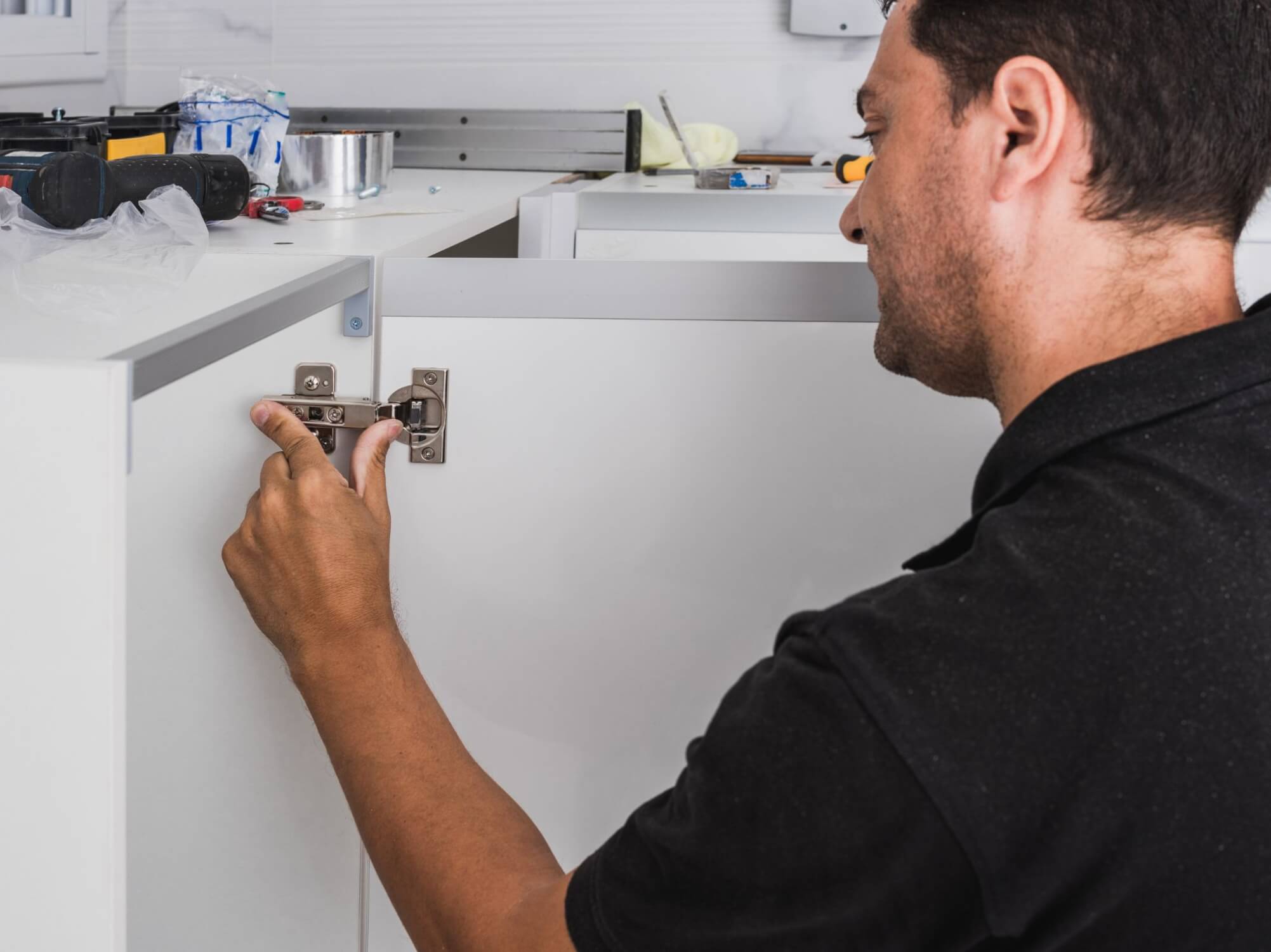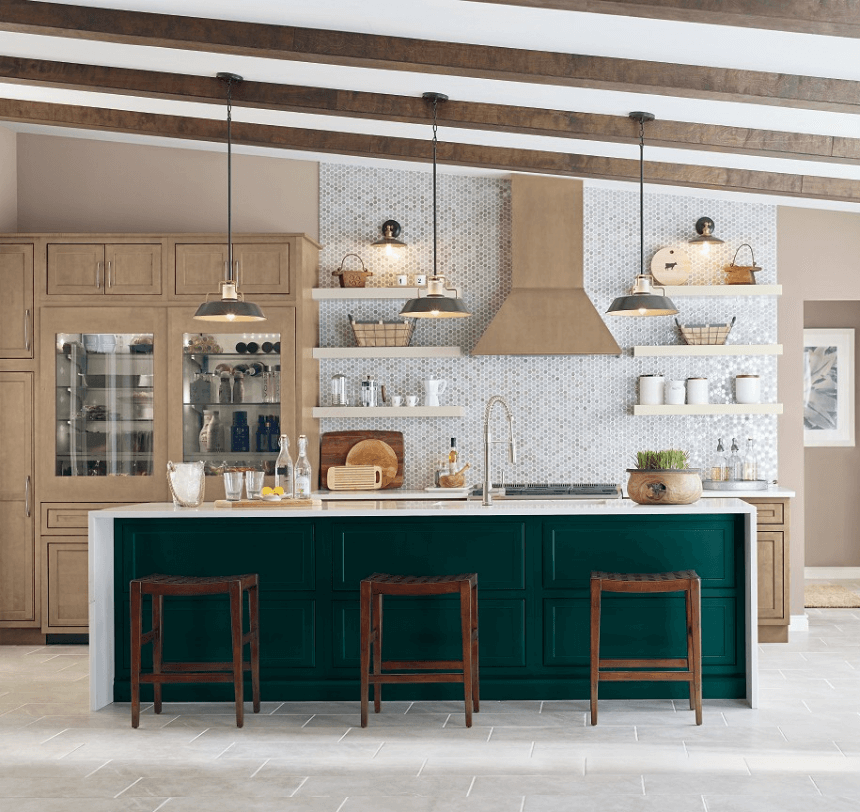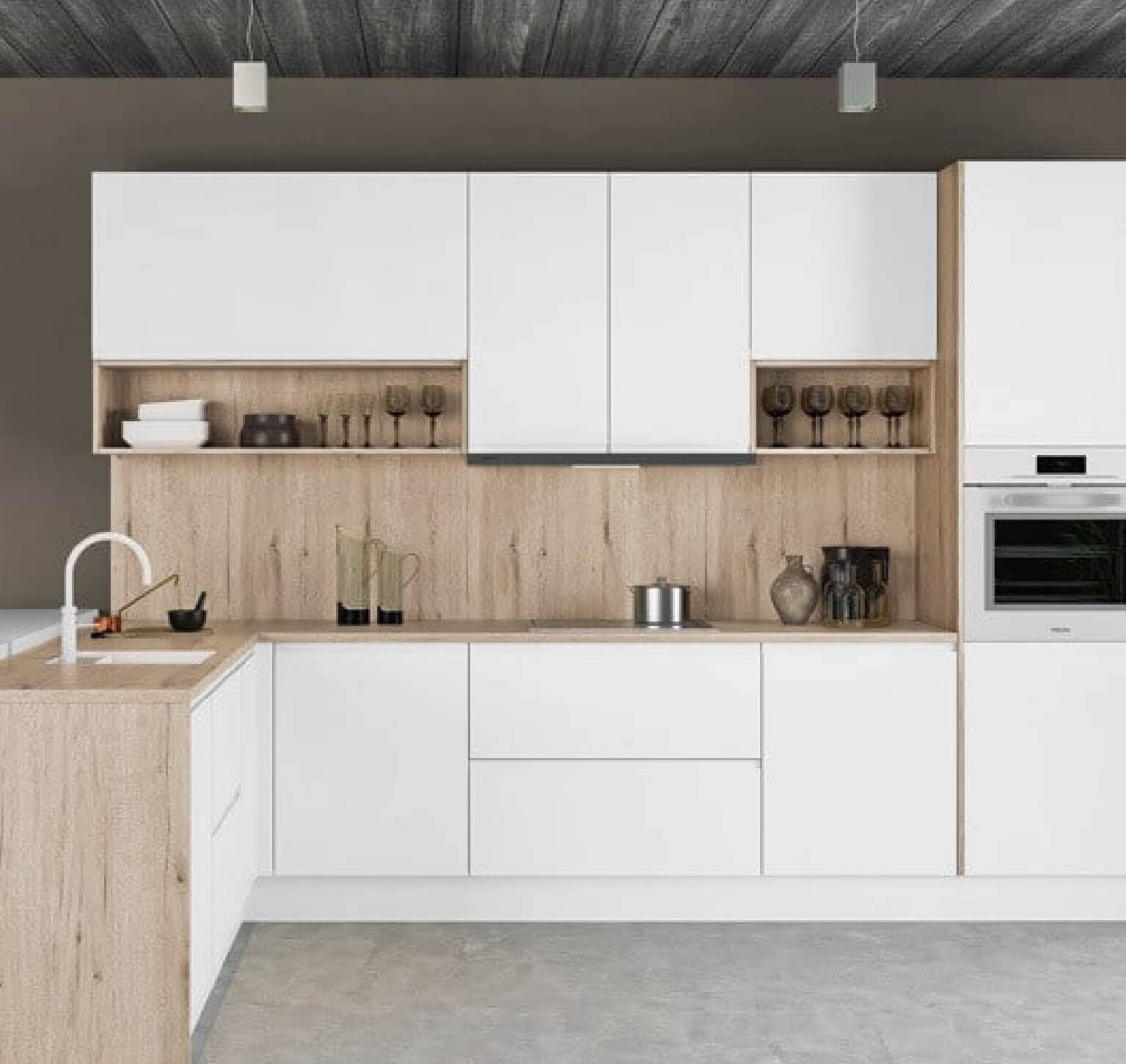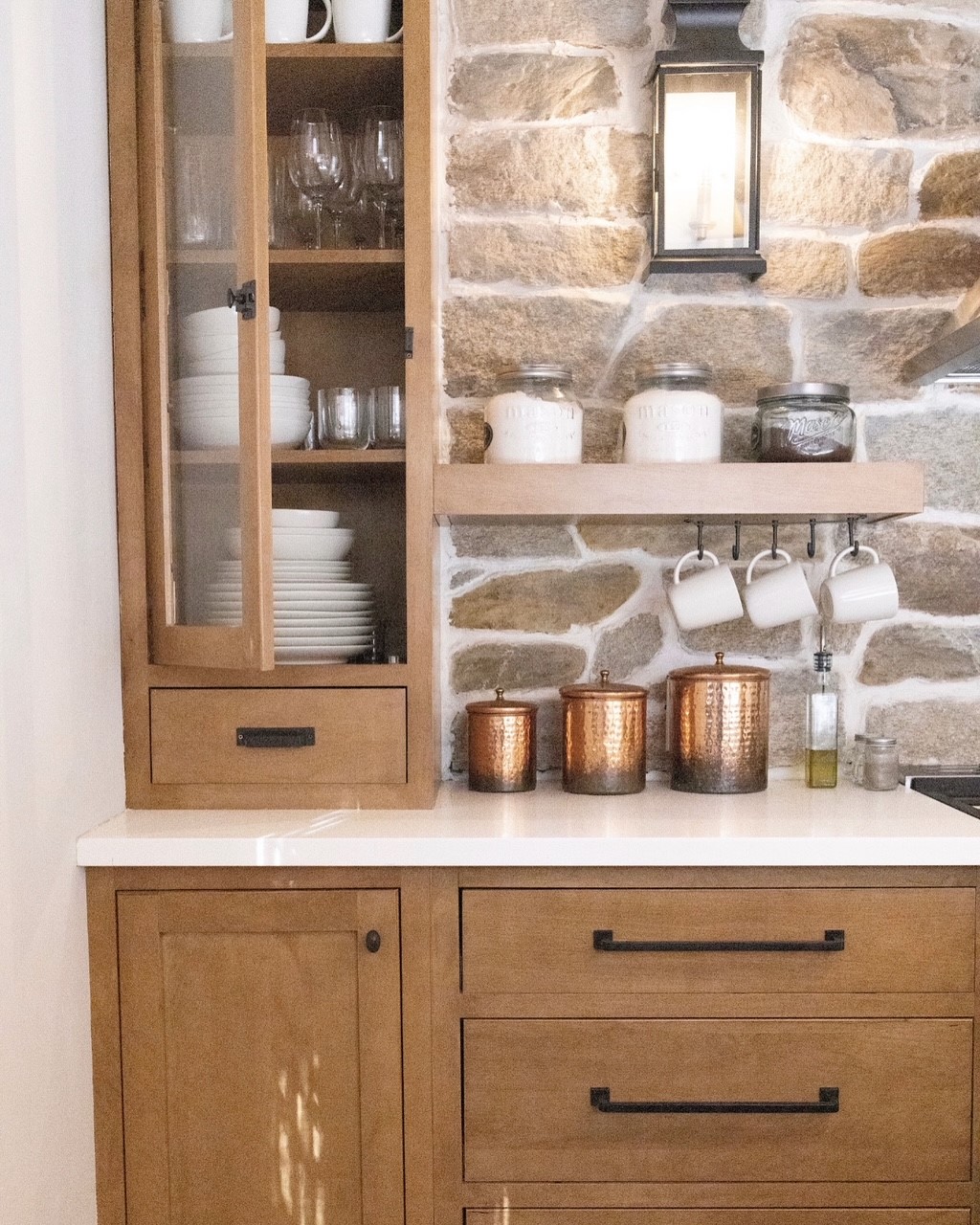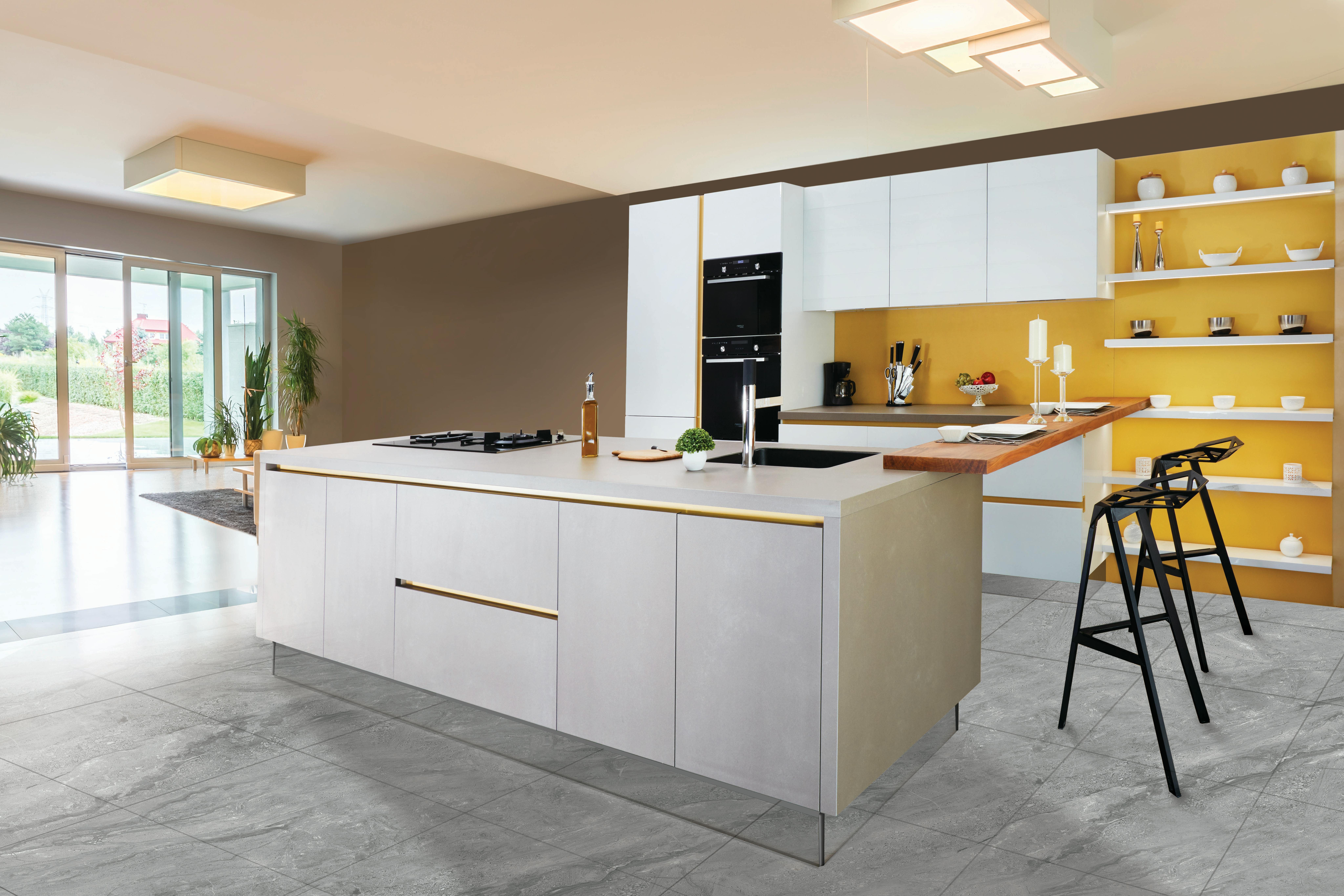There are several types of hinges available on the market when selecting cabinetry hardware. Two of the most popular types are soft-close and self-close hinges. Both have advantages and disadvantages, so it is important to understand their differences to make an informed decision when choosing a hinge for your project. Here, we’ll explain the differences between soft-close and self-close hinges.
Soft-Close Hinges
Soft-close hinges are a type of hinge designed to reduce the noise caused by closing doors and cabinets. They use a spring mechanism that slows down the rate at which the drawer or cabinet closes, reducing slamming and other loud noises. Many applications use soft-close hinges, such as kitchen cabinets, bathroom vanities, entertainment centers, closets, and more.
One of the main advantages of soft close hinges is their noise level. They allow cabinets and doors to be closed quietly without disturbing anyone else in your home. Additionally, due to their slower rate of closure, these hinges can help prevent damage from occurring when heavier objects like books or dishes are inside a cabinet or drawer when it’s being closed. The springs within them also add extra tension, making them stronger than standard hinges, so they don’t wear out quickly.
Self-Close Hinges
Self-close hinges are a type of hinge designed to close a door or cabinet automatically when you open it. They use an internal mechanism that engages when the drawer or cabinet opens, then slowly closes the drawer/cabinet when it has been released. This feature makes them ideal for applications that want hands-free access, such as in kitchens and bathrooms. This way, you no longer have to remember to shut cabinets after use.
The main advantage of self-close hinges is their convenience. They make opening and closing doors and cabinets much easier, especially if your hands are full. Additionally, because these hinges do all the work, they can help reduce wear on other parts, like handles or knobs, that you would normally use to open and close them.
The Differences
The main difference between soft-close and self-close hinges is in their closing mechanisms. Soft-close hinges use a spring mechanism to slow down the rate at which the drawer or cabinet closes while self-closing hinges have an internal mechanism that engages when the drawer or cabinet is opened and then slowly closes itself when released. And while self-close hinges shut doors or drawers on their own, soft-close hinges still require you to close the cabinet or drawer manually.
The other major difference is noise level. Soft-close hinges are specifically designed to be quiet when closing, reducing loud sounds from slamming. On the other hand, self-close hinges are not as quiet as soft-close hinges, meaning there may be more sound associated with this type of hardware.
Now that you know the main differences between self-close and soft-close hinges, you can select the ideal option for your cabinets and drawers. And if you’re looking to upgrade your cabinetry further, check out iCabinetry’s selection of Starmark inset kitchen cabinets online.
